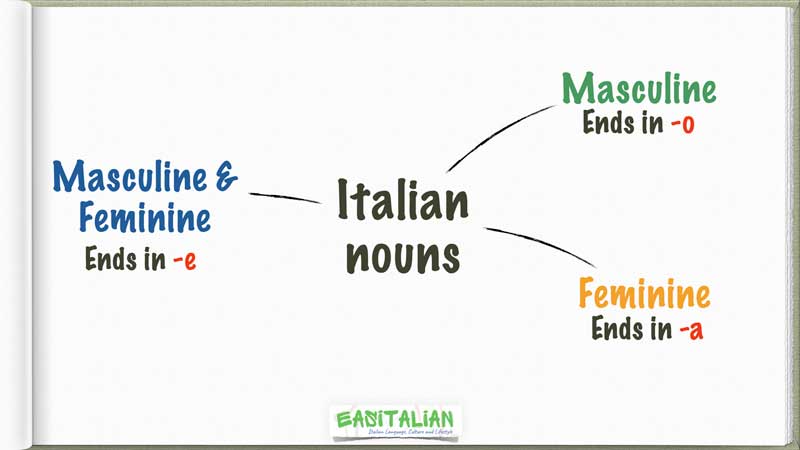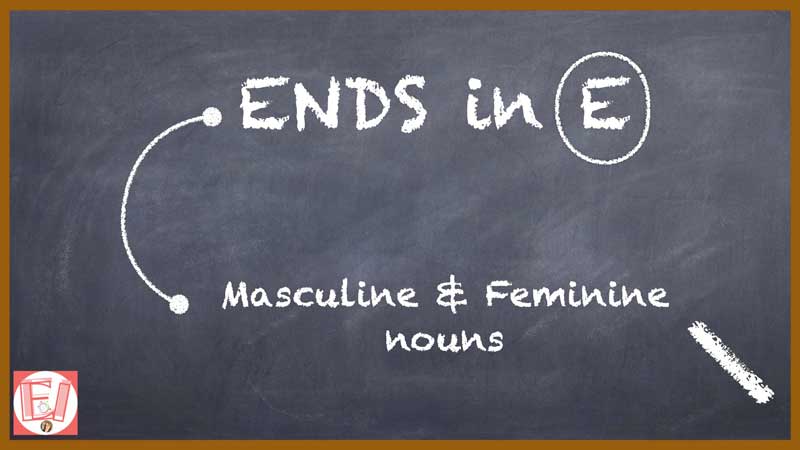Understanding the idea of word gender is one of the most challenging topics for language learners to grasp when studying Italian. Unlike in English, where most words are gender-neutral, nouns in Italian have either a masculine or feminine gender.
This means that the endings of the words differ based on their gender, and the articles and adjectives used with them must also be gender-appropriate.
One thing to keep in mind is that gender is not related to the actual gender of the object or person the noun refers to.
For example, “il vestito” (the dress) is masculine, while “la camicia” (the shirt) is feminine.
Another critical aspect of the Italian word gender is that it affects the agreement of adjectives and articles.
When word genders are mistaken, sentences can become confusing.
It is critical to understand the gender of words to avoid mistakes and choose the right form of adjectives and articles, which have masculine and feminine forms because words, adjectives and articles must always agree in a phrase.
Read the explanation to learn more.
What is the Italian word gender?
Word gender refers to whether a noun has masculine or feminine characteristics.
In Italian, every single word (person, place or thing) has a gender.
It is straightforward for words that refer to people; for other words, you have an indication; but for others, it is just a trick.
In Italian, there is no particular reason why a word is masculine or feminine.
RULES FOR REGULAR NOUNS
A noun can be masculine or feminine about a real difference between masculine or feminine people or animals, such as maestro-maestra; re-regina; gatto-gatta; padre-madre, and so on, or it can be masculine or feminine about a grammatical distinction that has no logical explanation because it is due to a pure convention.
In this case, the masculine or feminine gender of the noun can be easily identified by its ending and the masculine or feminine article that almost always comes before it.
❗️By looking at the ending letter and the article before the word, you can identify the gender of the noun.

Italian Word Gender Clues (general rules for REGULAR NOUNS)

If you learn the rules for regular nouns, it is not hard to know the gender of a word in Italian because most nouns end with a vowel.
The (regular) words’ endings
A word that ends in A (in the singular) is usually feminine.

A word that ends in O (in the singular) is usually masculine.

A word that ends in E (in the singular) can be both masculine and feminine, requiring memorization.

MASCULINE
ending in –O
with IL article
- (il) Libro
- (il) Gatto
- (il) Ragazzo
- (il) Tavolo
- (il)Telefono
FEMININE
ending in –A
with LA article
- (la) Casa
- (la) Finestra
- (la) Penna
- (la) Ragazza
- (la) Scarpa
MASCULINE (M) and FEMININE (F)
ending in – E
can be both IL and LA
- (il) Cane (M ending in -E)
- (il) Fiore (M ending in -E)
- (la) Nave (F ending in -E)
- (la) Chiave (F ending in -E)
- (il) Giornale (M ending in -E)
To be sure about the gender of a word ending in –E type, consult a dictionary. You can also learn the word along with its article. This will make it easier to identify the gender of the noun.
Are you ready for some exceptions?
As is frequently the case, there are exceptions to the gender of words that must be noted to prevent making mistakes when learning Italian.
Italian Nouns with Irregular Gender Formation: A Guide to Understanding
Overall, understanding the Italian word gender is an essential part of learning the language. While it can be challenging at first, with practice and memorization, it becomes easier to identify the gender of nouns and use them correctly in context.

What’s next?
You might want to keep learning Italian online with these free resources:



Leave a Reply